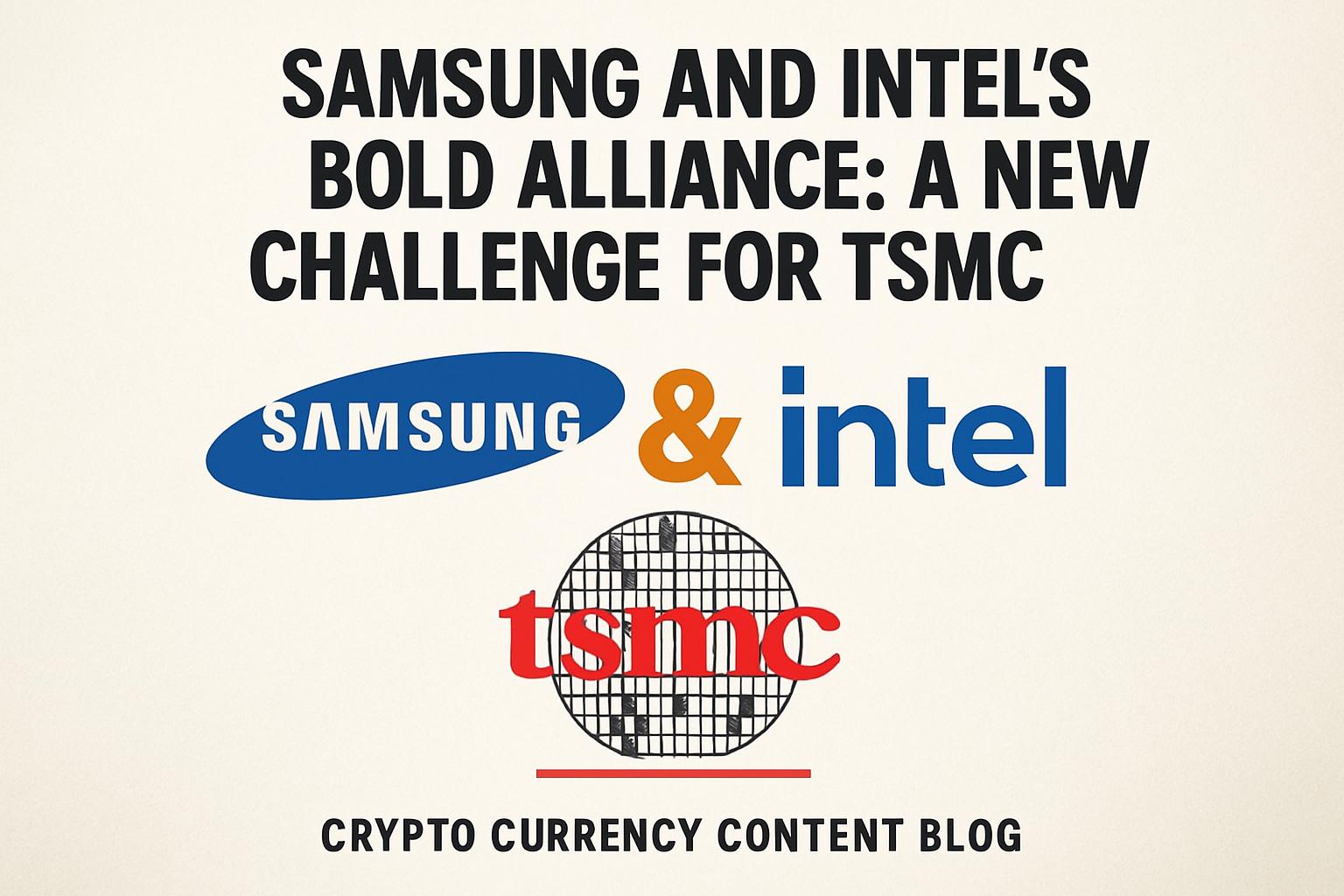The semiconductor industry is abuzz with news of a potential powerhouse partnership between two of the world’s leading technology giants: Samsung and Intel. This strategic alliance aims to challenge the dominance of Taiwan’s TSMC, a long-standing leader in global chip manufacturing.
Strategic Moves on U.S. Soil
Samsung Electronics has been making significant investments to expand its presence in the United States, with a notable $37 billion already poured into a chip production facility in Texas. This strategic expansion is aligned with the ongoing economic discussions during the South Korea-U.S. summit, highlighting a mutual interest in strengthening technological ties.
Mutual Strengths: A Partnership of Opportunities
In the semiconductor world, the manufacturing process is broadly divided into front-end and back-end stages. Samsung excels in front-end chip creation, which involves intricate tasks like circuit etching and chip production. On the other hand, Intel is renowned for its prowess in back-end processes such as testing and packaging, where it employs advanced “Hybrid Bonding” technology. This capability allows for faster signal transmission with lower power consumption, essential for high-performance computing solutions.
The complementary strengths of Samsung and Intel could lead to significant advancements in chip performance and efficiency, potentially narrowing the gap with TSMC, particularly in the crucial area of packaging technology.
Packet Power: The Role of Glass Substrates
The collaboration might also focus on next-generation packaging materials, with an emphasis on glass substrates. By replacing traditional plastic bases with glass, the chips can achieve better heat dissipation and faster signal transmission, making them particularly ideal for high-performance AI applications.
Global Market Dynamics
Despite the promising collaboration, TSMC maintains a formidable lead in the industry. According to Counterpoint Research, TSMC holds a 35.3% market share in integrated foundry operations. Intel and Samsung lag behind, with 6.5% and 5.9% respectively, indicating a long road ahead for the collaborators.
However, the alliance aligns well with the U.S. government’s interests. Lasting partnerships, possibly through joint ventures, could see enhanced American leadership in semiconductor manufacturing—a goal that complements U.S. policy efforts to boost domestic technology industries.
The Road Ahead
The alliance between Samsung and Intel comes at a pivotal time when global semiconductor demand is high, and technological innovation is crucial. Both companies are well-positioned to leverage each other’s strengths, potentially reshaping industry dynamics and presenting a substantial challenge to TSMC’s supremacy.
Yet, navigating the complexities of this cooperation and achieving a measurable impact on market shares requires strategic precision and extensive investment. Only time will tell whether this ambitious tie-up can make a significant dent in TSMC’s robust market standing.

![[News] Bitcoin at a Turning Point? 10x Research Signals a Bullish Macro Shift Ahead](https://cryptoexplores.com/wp-content/uploads/2025/06/new20250616.jpg)
![[News] Binance Lists $HOME, the Gas-Free, Bridge-Free All-in-One DeFi App](https://cryptoexplores.com/wp-content/uploads/2025/06/news20250617.jpg)